Why Yard Operations Will Be Part of Every Executive Agenda in 2026
by Bart De Muynck, Industry Analyst, YMX Logistics | Sponsored Content, on Oct 16, 2025 1:26:12 PM

Over the last four decades, yard logistics has evolved from a narrow operational service into a core enabler of supply chain performance. What began as basic spotting services in the 1980s, focused primarily on moving trailers from dock to drop lot, has transformed into a complex, technology-enabled ecosystem connecting people, assets, and processes across the entire supply chain.
Yet even as technology has advanced, most enterprise shippers still manage the yard through fragmented models that separate service providers, technology vendors, and data sources. These silos create gaps in visibility, accountability, and standardization that limit the ability to drive network-wide optimization.
Today, a new model is emerging: the Yard Operating System (YOS), a unified framework that combines operational services, advanced technology, and enterprise alignment into one cohesive system. By treating the yard as a strategic operating domain rather than a tactical service, enterprise shippers are unlocking new levels of efficiency, resilience, and sustainability across their supply chains.
From Spotting to Strategy
For decades, yard operations were viewed as a necessary but low-value function. The focus was on moving trailers quickly and keeping docks full, an exercise in throughput rather than optimization.
The introduction of Yard Management Systems (YMS) in the 2000s marked a major step forward. These digital tools helped automate gate transactions, track trailer locations, and improve visibility. But most were deployed at the site level, disconnected from broader logistics strategies.
Meanwhile, outsourcing models remained largely transactional. Providers were measured by headcount and equipment hours, not performance outcomes. As a result, many enterprise networks today operate with a mix of outdated systems, inconsistent service models, and limited ability to measure or manage performance across facilities.
The Yard Operating System (YOS) represents the next stage in this evolution. It brings together the teams, processes, and technology dimensions of yard management under a single operating model that aligns yard logistics with enterprise-level objectives such as cost optimization, sustainability, and service reliability.
1. Strategic Alignment: Turning the Yard into a Logistics Performance Lever
In traditional models, the yard was often seen as a tactical function, something to manage locally and cheaply. But for large, multi-site shippers, the yard is increasingly becoming a strategic asset that influences service levels, inventory velocity, and customer satisfaction.
A Yard Operating System connects yard performance directly to corporate goals. Instead of focusing solely on labor or trailer movement, the emphasis shifts to enterprise outcomes such as on-time delivery, cost per move, asset utilization, and carbon reduction.
By embedding strategic alignment into operations, YOS-driven organizations move beyond cost containment to value creation. The yard becomes an extension of the supply chain strategy, not an afterthought.
2. Standardization and Integration Across the Network
One of the biggest challenges in yard logistics is inconsistency. Each facility often operates with a different provider, lacking standard SLAs and SOPs, and frequently developing its own processes, data definitions, and communication protocols. These local variations create inefficiencies that ripple across the network.
A Yard Operating System enables standardization across all sites, establishing common operating procedures, performance dashboards, and data structures. This creates enterprise-wide visibility, turning previously disconnected facilities into a coordinated ecosystem while lowering overall operating costs.
Standardization accelerates training, improves compliance, and enables continuous improvement. With consistent workflows and shared data, companies can identify underperforming sites, replicate best practices, and manage yards with the same precision applied to warehouses or transportation networks.
3. Proactive Management and Shared Accountability
Traditional yard operations have long suffered from a reactive mindset, responding only after problems occur. A Yard Operating System flips that paradigm through real-time visibility and predictive intelligence.
By combining telematics, camera technology, AI analytics, and IoT sensors, YOS-driven organizations gain a 360-degree view of yard activity. They can identify bottlenecks before they disrupt throughput, dynamically reassign moves, and optimize trailer flow based on actual demand.
This data-driven model also fosters shared accountability. Instead of reporting only on activity levels, performance is measured against key metrics such as On-Time In-Full (OTIF) delivery, dwell time, and yard-to-dock synchronization.
When shippers and providers work from the same data and KPIs, the relationship becomes less about oversight and more about collaboration, focused on continuous improvement rather than blame.
4. Empowering People Through Training, Process, and Technology
While technology is the enabler, people remain at the heart of yard logistics. Gate personnel, drivers, spotters, and yard managers are the backbone of daily operations, and their experience directly affects safety, performance, and retention.
A Yard Operating System leverages technology not to replace people, but to empower them. Mobile apps and real-time dashboards simplify communication, eliminate guesswork, and reduce time spent searching for equipment or waiting on instructions. Automated move assignments and electronic check-ins make the day smoother and safer for everyone in the yard.
The result is a more predictable, less stressful work environment. That improved experience translates into lower turnover, higher morale, and stronger operational consistency, all critical in an industry facing persistent labor challenges.
5. Advancing Sustainability and Supply Chain Resilience
An integrated approach to yard operations also supports corporate sustainability and resilience goals. With connected systems and enterprise-level data, shippers can track emissions, idle time, and fuel consumption across all facilities.
The Yard Operating System helps drive fleet transitions to electric yard trucks, cutting fuel costs and reducing CO₂ emissions without sacrificing performance. It also optimizes yard design, gate flow, and equipment utilization to reduce waste and environmental impact.
By aligning yard management with ESG objectives, YOS enables companies to make measurable progress toward sustainability while building more resilient, adaptive supply chains.
A New Standard for Enterprise Shippers
As supply chains grow more complex, macro conditions continue to shift, and customer expectations rise, the cost of disconnected operations continues to mount. Legacy yard service providers and outdated YMS models can no longer deliver site performance, sustainability, network optimization required by today’s enterprise shippers.
The Yard Operating System emerged by the need to bridge the gap between operations, technology, and strategy. It is not just software or service; it is a holistic framework that connects workforce management, asset tracking, process automation, safety, data intelligence, and sustainability initiatives across the network.
It replaces fragmented vendor relationships with a unified operating model that measures what truly matters: performance, accountability, and impact across the entire supply chain.
 The chart illustrates how the industry progressed from simple spotting services in the 1980s to an integrated model in 2025.
The chart illustrates how the industry progressed from simple spotting services in the 1980s to an integrated model in 2025.
As supply chains enter a new era defined by connectivity, sustainability, and precision, the Yard Operating System is becoming the foundation for enterprise logistics excellence in distribution networks nationwide.
To learn more: Watch the on-demand webinar Enterprise Yard Operations as a Strategy, featuring Scott DeGroot (former VP of Global Planning and Logistics, Kimberly-Clark), Rick McDonald (former CSCO, The Clorox Company), Bart De Muynck (former VP of Research, Gartner), and Matt Yearling (CEO, YMX Logistics).
Like this kind of content? Subscribe to our "Food For Thought" eNewsletter!
Now more than ever, professionals consume info on the go. Distributed twice monthly, our "Food For Thought" e-newsletter allows readers to stay informed about timely and relevant industry topics and FSA news whether they're in the office or on the road. Topics range from capacity, rates and supply chain disruption to multimodal transportation strategy, leveraging technology, and talent management and retention. Learn More



